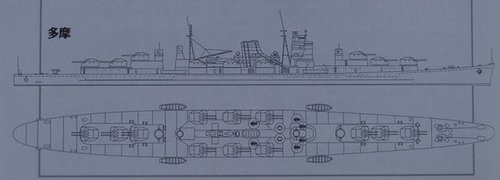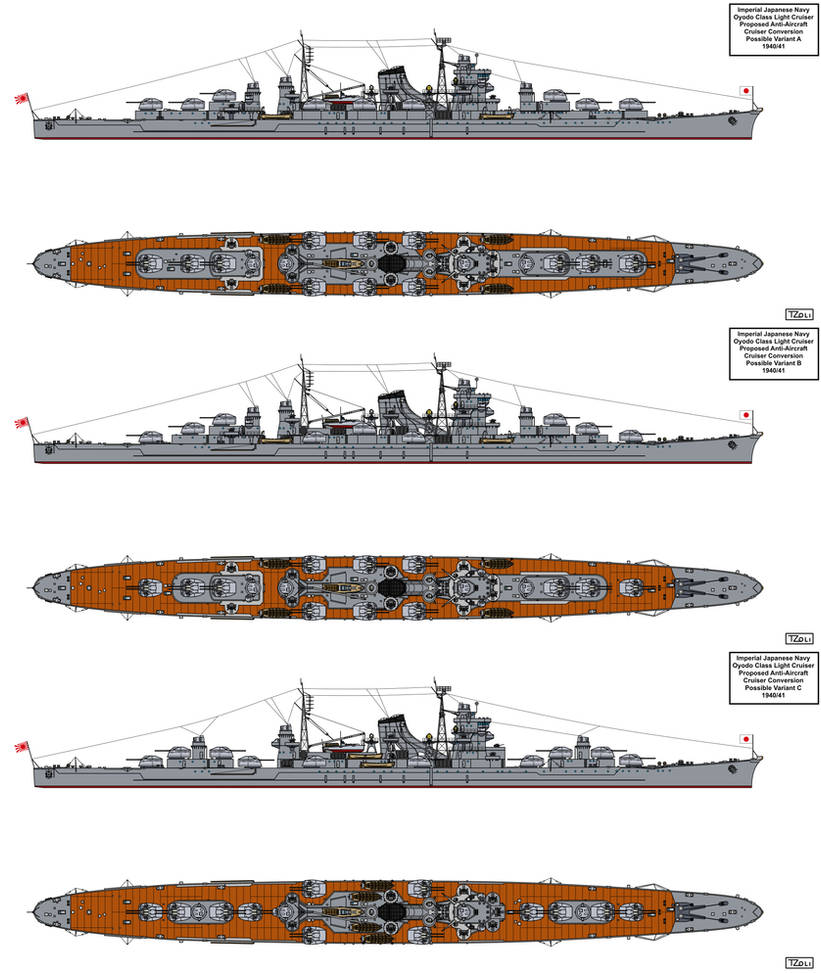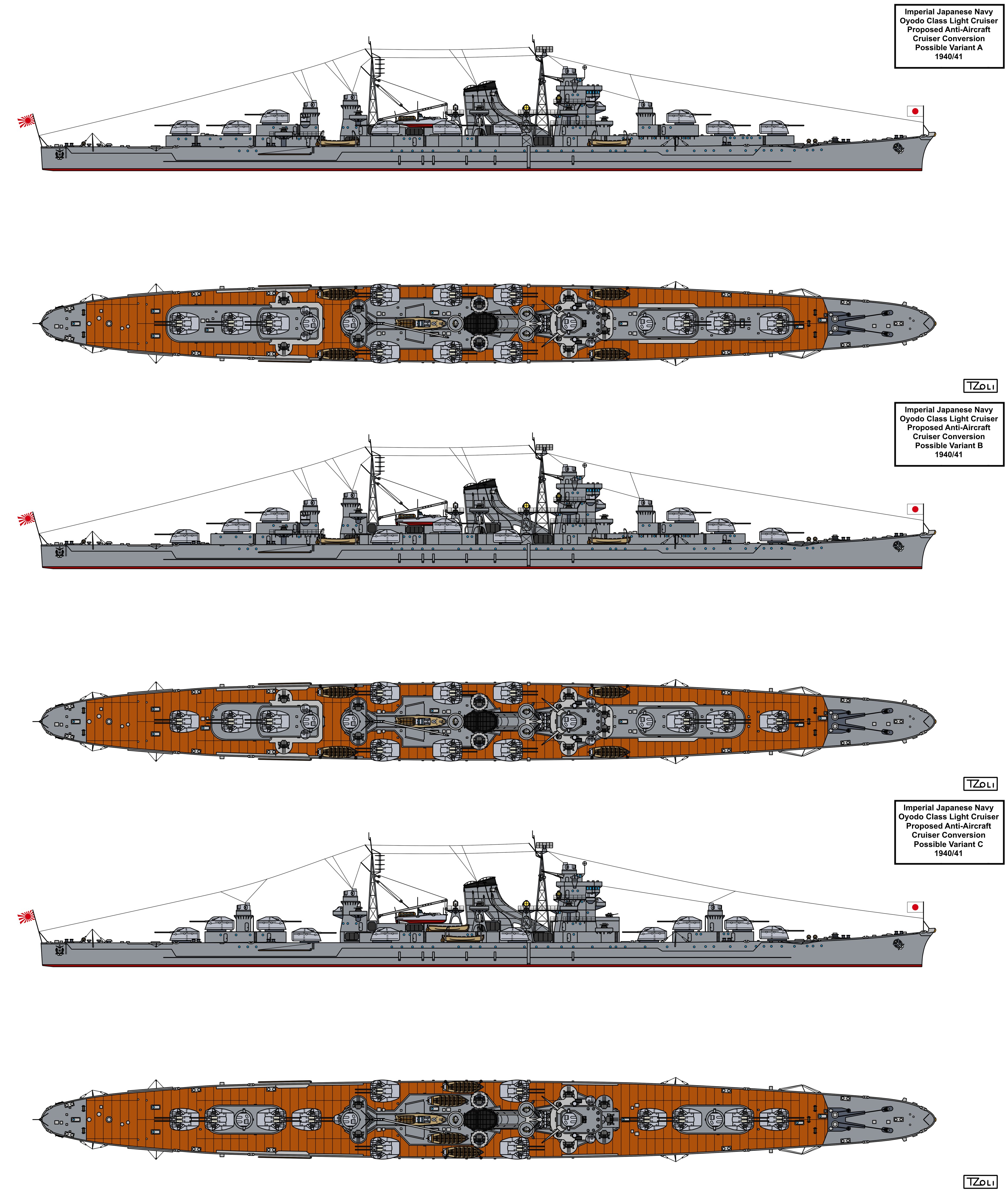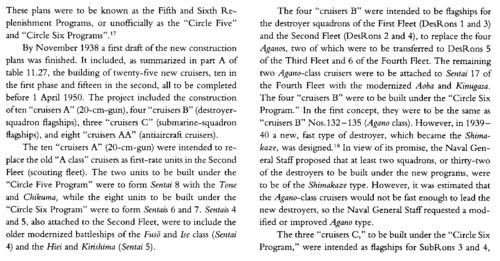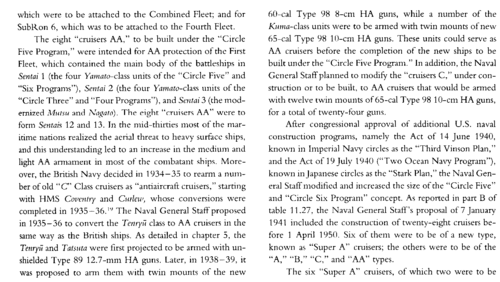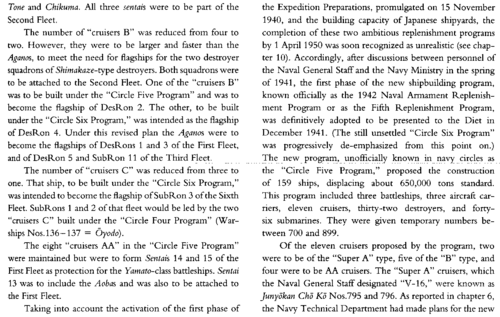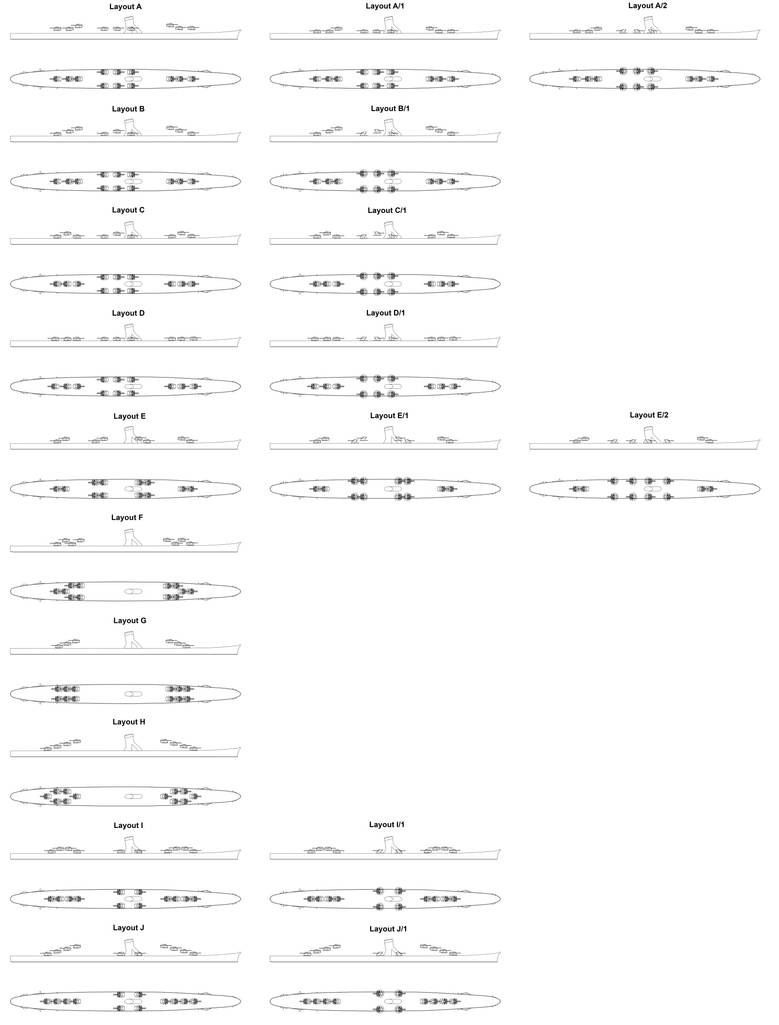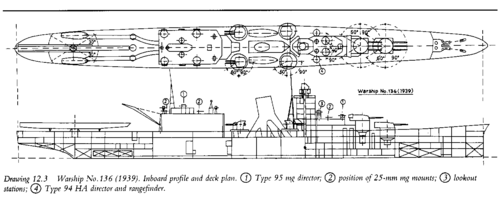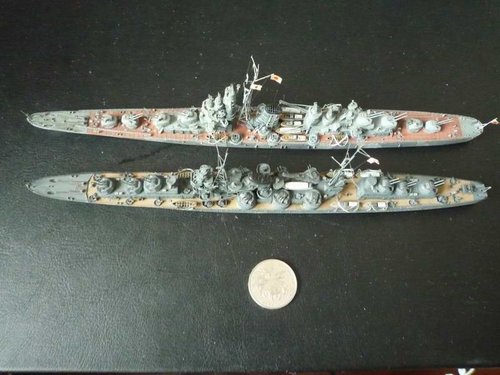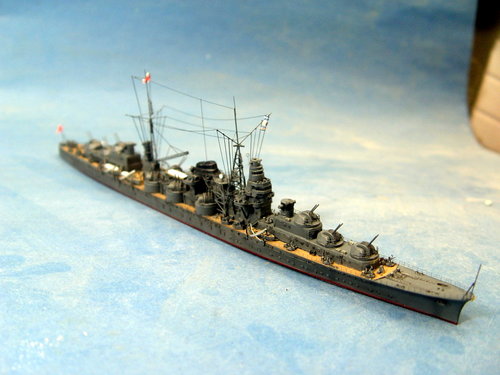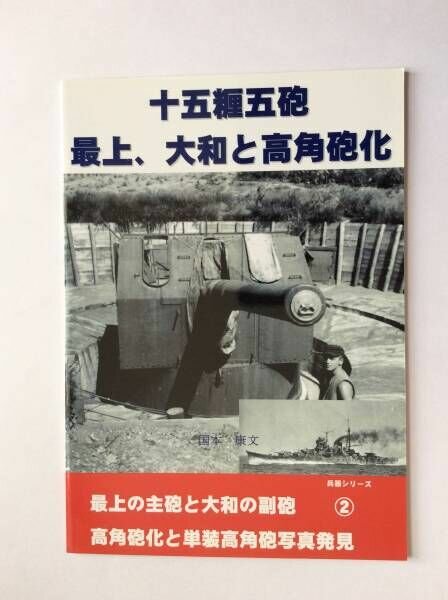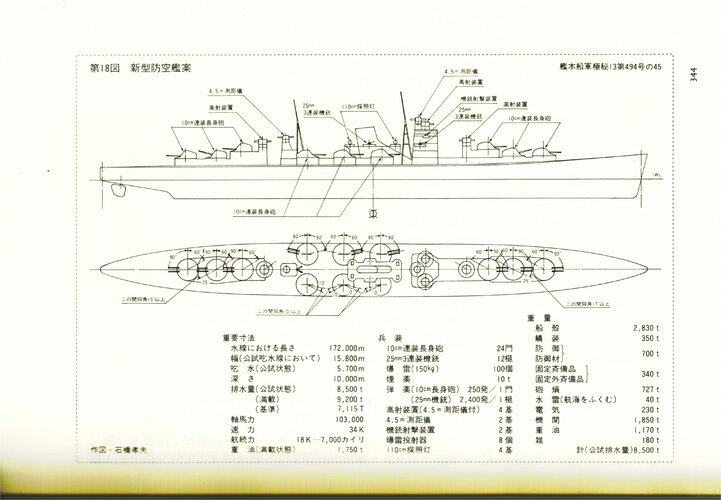ceccherini
In war there is no substitute for victory
- Joined
- 26 February 2015
- Messages
- 160
- Reaction score
- 190
Japanese Wikipedia entry on Akizuki class DD stated that IJN started in 1936 to study dedicated AA vessels following the example of Dido class. They contemplated anything from a 1000 ton torpedo boat armed with a single 10 cm or 12.7 cm AA gun to a quite large cruiser equipped with 12 double 10cm/65 mounts, with serious consideration on converting part of the existing 5500 ton type light cruisers rearming them with 12,7cm/40. Akizuki was the result of this requirement, it's size and gun number being considered the best choice for optimal distribution of the fleet's AA capabilities. By 1941 a new class of AA cruisers was being considered: this cruisers, no.815-818, were not intended to offer a complementary higher end AA capability but only to serve as sort of command ship for Akizuki class DD. Has anyone any more information and pictures of this various projects?

